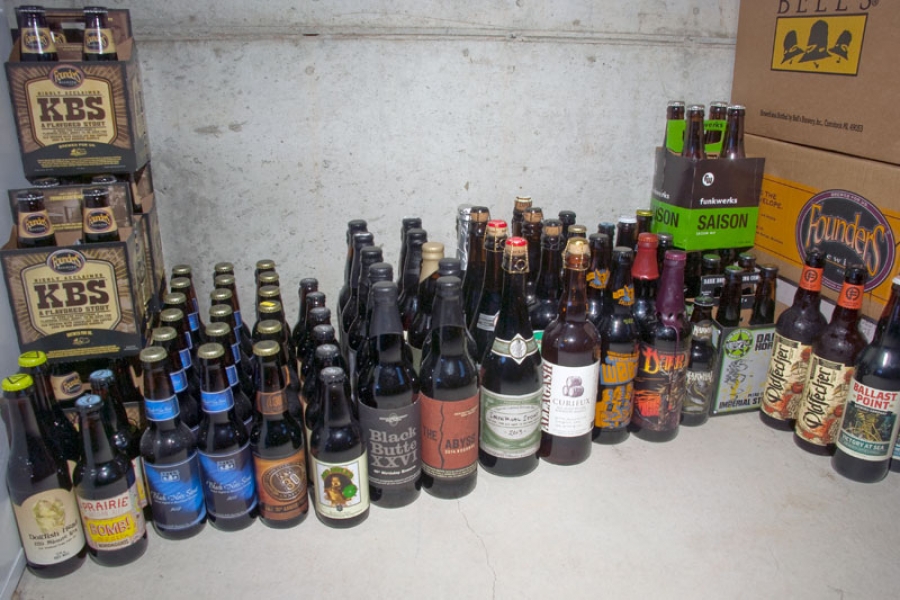Drink614: Dabbling in wonderful world of cellaring beers

Self-proclaimed Beer Aficionado [/su_testimonial]
This is the time of year many craft breweries release their higher gravity beers. High gravity translates to two things: high abv, and lots of residual proteins, sugars, and adjuncts. These beers are fun to drink because they pack so much flavor. Some can be rather complex, while others are just an exercise in excess. I’m talking about imperial stouts, barley wines, and barrel aged ales.
If you have a cool dark place to stash a few bottles of beer, you have everything you need to dabble in the wonderful world of cellaring. Now, most of the beer you drink doesn’t age well, but some of these bigger beers, particularly those that are not hop forward, change dramatically after a few months.
Case in point: in 2014 Elevator released a barrel-aged version of their imperial red ale, Horus. It had matured in bourbon barrels for a year. The resultant elixir was booze forward. Some would say unpleasantly so. It tasted like sweet malt and a shot of bourbon. Three years and a couple of months later, that beer had changed. The hot booziness was gone. What was left was a sweet mahogany colored ale that had a clean finish. The flavor profile was akin to figs, or perhaps a plum wine, but despite a pronounced sweetness that would have been perfect with a cheese plate, the clean finish made you go back for more. It’s a beer that a wine snob would have adored.
There are hundreds of beers that do well in a cellar, and all you have to do is buy one to throw down. The basic rules are simple: don’t cellar hoppy beers, don’t cellar anything under 7% abv (there are exceptions, but if you’re new to this, don’t go there), and don’t cellar growlers. Light is your enemy, and so is heat, but if you try to cellar in your fridge, you won’t get that flavor development. A basement is ideal, but a closet is fine too.
When you’re starting out, shoot for 6 months to a year for cellaring times. You can find guidelines online for certain beers. You don’t have to cellar expensive beers. Some of the best cellar dwellers are actually very accessible beers. They’re the most fun as well, because you can easily contrast and compare an aged variation with a fresh one.
Stay crafty, my friends.
BROUGHT TO YOU BY




